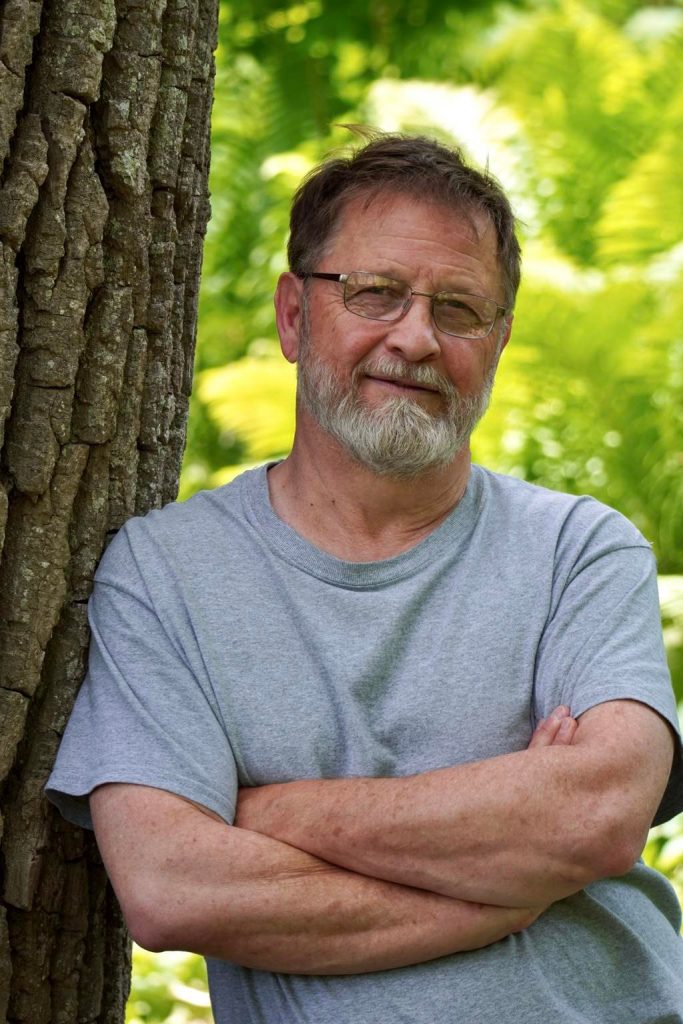Mar 26 2009
Those Pesky Grackles
Robins are what come to mind when most people think of birds returning in early spring, and sure enough they do, but assorted brown and black birds soon follow. Sometimes these darker birds beat the robins to the punch. It’s hard to say who actually reaches the North Country first. All I know is that while looking around for a delightful, red-breasted songbird, I often spot a great flock of red-winged blackbirds gathered high in a naked tree, or a smaller gang of grackles on the ground. When the dark birds arrive, they’re hard to miss.
I don’t know what the proper name is for a flock of grackles, but the word “gang” seems appropriate. They act like gangsters when they arrive at the feeder, pushing aside the finches, sparrows and other small birds to make the food source their own. Like gangsters, they ally themselves with similar birds, namely cowbirds and starlings. They aren’t above raiding other birds’ nests for eggs, and will even take out a songbird on occasion. They are, in fact, very opportunistic creatures, feeding on worms, insects, small reptiles, fruit, seeds – pretty much anything they can find. Not what we generally associate with springtime. Nothing like thrushes, vireos or sweet-singing warblers. Yeah, these are the tough guys of the winged world.
Recently my wife, Judy, has been perturbed by the grackles voraciously eating the suet that she hung up for the cardinals, woodpeckers and other birds that have wintered over. Every morning she looks out the kitchen window and sees a grackle picking away at the suet all by itself. She insists that it’s the same fat grackle, day after day, but later in the morning I usually see a half dozen of them out there munching away. I think they’re taking turns. Either way, they’re eating us out of house and home.
Menacing or no, Judy and I agree that grackles are quite beautiful in their own right. The iridescent blue sheen of their heads is quite remarkable, even by avian standards, and if you look closely you’ll even see a little purple or green there. If they weren’t so common, birders and other aesthetes would probably hold them in high regard. Maybe they secretly do.
For years I have been arguing that wild nature is both harsh and beautiful, and that the true wonder of the world is bound up in the tension between the two. Yesterday I finished writing a set of philosophical essays emphasizing this point. In general, I’ve encountered considerable resistance to this worldview – most people preferring to think that it’s a dog-eat-dog world, or that nature is fundamentally benign. Meanwhile, the spring season slowly advances and those pesky grackles keep munching away. Judy is making sure to get plenty of pictures of them.

